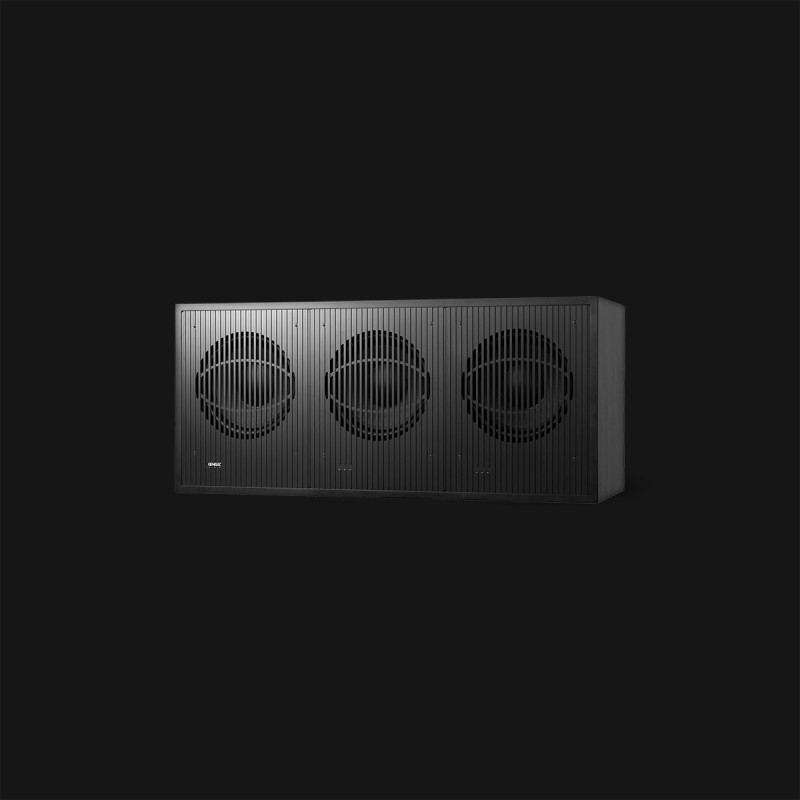Deja vu all over again. Les artiklene jeg linket til, og så kan vi diskutere.Vel, det er neppe annet enn hans subjektive oppfatning.
Det var omtrent slik jeg tenkte da jeg konstruerte mine høyttalere, ja. Jevnt bred spredning fra kardioide-bassene i bunn til en ekstra bakover/oppoverfyrende diskant for å opprettholde spredningsmønsteret også helt øverst. Vertikal spredning fikk mer bli som den ble. Det ga et uvanlig godt stereoperspektiv med vegg til vegg widescreen panorama.Det er høyttalere som er kontruert for å ha definerte spredningsmønstre der man har forsøkt å redusere vertikal spredning for å oppnå størst mulig spreding horisontalt, da dette ville være medvirkende til bedre stereoopplevelse enn "alminnelige" spredningsmønstre.
Hvis du hadde lest linkene ville du også sett Toole si omtrent det samme:Intet av dette er så enkelt som at man kobler opp en DSP og justerer balansen ut fra hva hvit støy.
Now, if you measure such a curve or something very close to it, and your speakers are conventional forward firing designs, it means that you probably have chosen well. Small tilt-like deviations may be seen and broadband tone-control-like adjustments can be made to achieve a satisfactory overall spectral balance. No small detail adjustments should be made because it is highly likely that they are acoustical interference (non-minimum-phase) phenomena that two ears and a brain interpret as innocent spaciousness - room sound. "Correcting" these is likely to degrade the audible performance of truly good loudspeakers - unfortunately this behavior is not uncommon in auto-EQ algorithms created by companies that do not make loudspeakers. Their marketing philosophy is that their magic can make any loudspeaker in any room into a perfect system. Sorry, but a small omni mic and an analyzer are not the equivalent of two ears and a brain. It is not uncommon to be forced to override auto EQ with manual adjustments to restore the inherent sound quality of excellent loudspeakers. In some cases the "off" icon is the preferred solution.
The simple fact is that a steady-state room curve is not accurately descriptive of sound quality - comprehensive anechoic data are remarkably capable, but such data are rare.
The Harman curve is not a "target" in the sense that any flawed loudspeaker can be equalized to match it and superb sound will be the reward. The most common flaws in loudspeakers are resonances (which frequently are not visible in room curves) and irregular directivity (which cannot be corrected by equalization). The only solution to both problems is better loudspeakers, the evidence of which is in comprehensive anechoic data.
Sist redigert:







